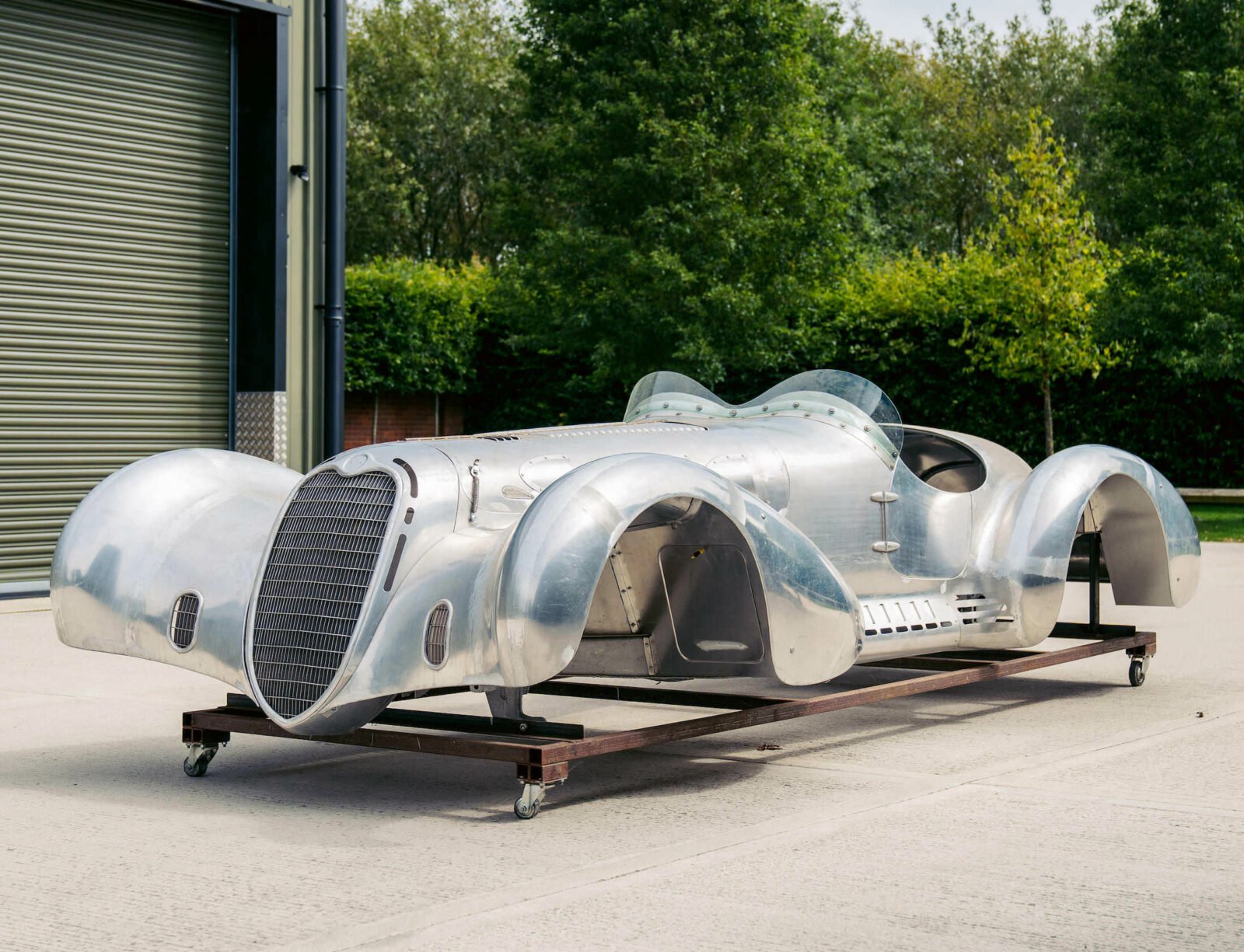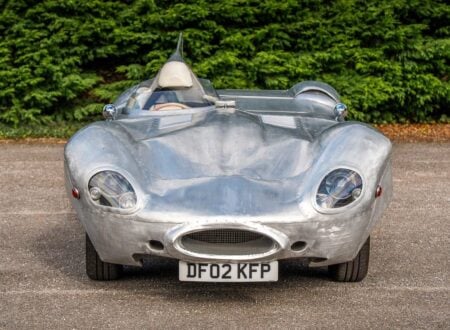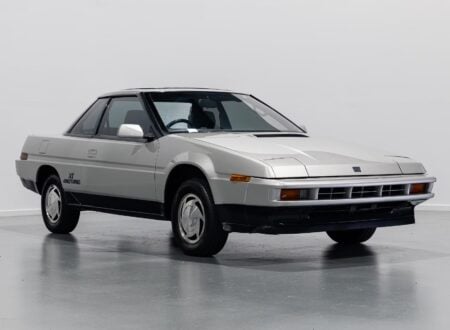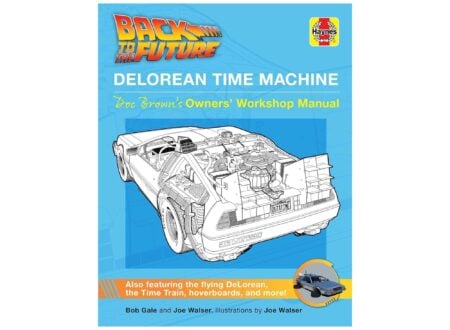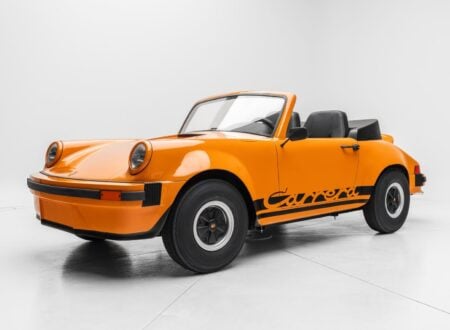This project car consists of a chassis from an Alfa Romeo 2500 6C, an engine block from a Tipo 6C 2500 Sport, and a new hand-formed aluminum body in the style of the 2900B Mille Miglia Spider, built by Steve McFarlane’s Coachbuilders.
The car includes many of the key parts needed to complete it, but of course many more parts will need to be acquired, and in some cases made by hand, before it can be fully completed. It’s due to be sold by Bonhams on the 2nd of September with a price guide of £50,000 – £70,000, which works out to approximately $63,168 – $88,436 USD.
Fast Facts – An Alfa Romeo 6C 2500 Project Car
- The Alfa Romeo 6C 2500 was first introduced just before the outbreak of WWII as a development of the earlier 6C 2300. The model name 6C stands for 6 Cylinder, and the model number is a reference to the displacement in cubic centimeters – 2,500cc.
- Like all Alfas of the period, the 6C 2500 had a body-on-frame design, with a front mounted engine sending power to the rear wheels. The bodies were almost all made by coachbuilders including the likes of Pinin Farina, Zagato, Touring Superleggera, Castagna, and James Young in a variety of styles and wheelbases.
- The Alfa Romeo 6C series was originally developed by legendary Italian engineer Vittorio Jano to replace the RL and RM models. The design was based on Alfa’s successful P2 Grand Prix car, and it was originally produced with a single overhead cam 1.5 liter engine.
- The Alfa Romeo 6C 2500 was introduced before WWII, it then reentered production after the war until 1954. It represents the pinnacle of the Alfa 6C family and interestingly, it would also be the last of the separate-chassis Alfas.
The Alfa Romeo 6C
The Alfa Romeo 6C was first unveiled in 1925 at the Milan Motor Show, the model had been developed by legendary Italian engineer Vittorio Jano as a replacement for the outgoing RL and RM models. By the standards of the time, the 6C was as good or better than anything else on the road, and Alfa would offer both Grand Prix versions and sightly tamer versions for street use.
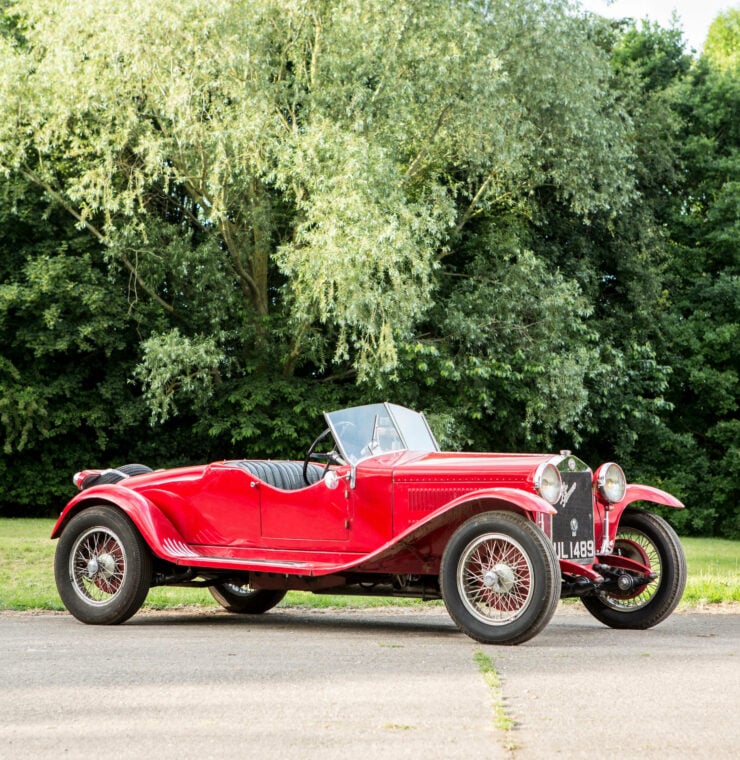

The name “6C” is a reference to the fact that the engine has six cylinders, and the model number that comes after it tells you the displacement of the engine in cubic centimeters, so the earlier model was the 6C 1500 with 1,500cc displacement and the latter models were the 6C 2500 with a 2,500cc displacement. A number of other models were sandwiched in the middle including the 6C 1750, 6C 1900, and 6C 2300.
Although Alfa Romeo did make some bodies in-house the vast majority were made by external coachbuilding firms, as was standard practice at the time. Pinin Farina, Zagato, Touring Superleggera, Castagna, and James Young would all make a variety of bodies for the car to suit the different wheelbase lengths, and the different requirements of their customers.
Thanks in part to the constant improvements being applied to the 6C model line the series would have a long production life, from its introduction in 1925 to the time it finally left production in 1954 – almost 30 years. Today the 6C in all of its guises is seen as one of the most desirable Italian cars of its era.
The Alfa Romeo 6C 2500
The Alfa Romeo 6C 2500 was introduced in 1938 as the successor so the popular 6C 2300. As the model name suggests, the 6C 2500 was powered by a 2.5 liter (actually 2,443cc) inline-six with double overhead cams, two valves per cylinder, and either single or triple carburetor arrangements depending on the specific model.
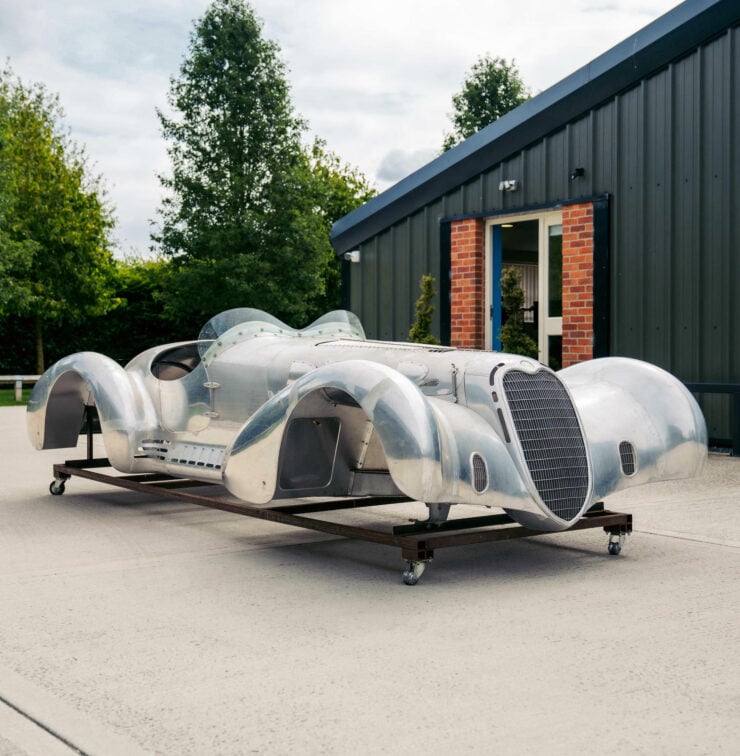

Power output varied, largely depending on the number of carburetors, with the standard models producing 90 bhp at 4,500 rpm and up to 145 bhp at 5,500 rpm in the triple-carburetorred 6C 2500 Competizione. The top speed of that latter model was 124 mph or 200 km/h, as genuinely blistering pace for the era.
Production of the 6C may have started in 1938 but it would be interrupted almost immediately by the outbreak of World War II in 1939. Some production did continue during the war but only in very limited numbers.
After the war Alfa Romeo put the model back into full production, many other automakers did much the same and rereleased their pre-war models as new post-war models, as all of their production capacity had been focused on the war effort, and so no new models had been developed since 1939, or 1941 in the case of the Americans.
The 6C reentered production officially in 1946 and remained on sale in various forms until it was replaced by the new Alfa Romeo 1900 in 1954.
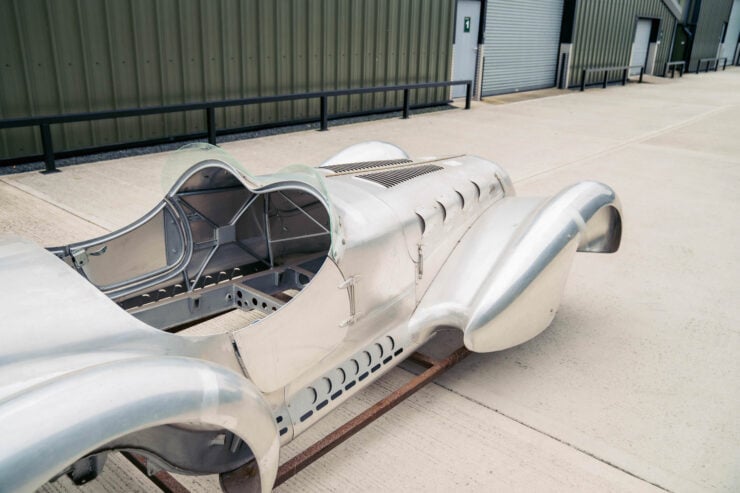

The Alfa Romeo 6C 2500 Project Car Shown Here
The car you see here represents a fascinating project that consists of an original 1951 Alfa Romeo 2500 6C chassis (stamped 916578), a Tipo 6C 2500 Sport engine block and assorted engine parts, and an aluminum body in the style of a 2900B Mille Miglia Spider that was built by the talented team at Steve McFarlane’s Coachbuilders.
This lot also includes various assorted engine parts, including a cylinder head, although it is not known if it is the original or not. As well as four shot-blasted brake drums, a rear axle housing with affixed Alfa Romeo plate, a manifold, and one unattached wire wheel.
The whole project is due to cross the auction block with Bonhams on the second of September with a price guide of £50,000 – £70,000, which works out to approximately $63,168 – $88,436 USD. If you’d like to read more about it or register to bid you can visit the listing here.

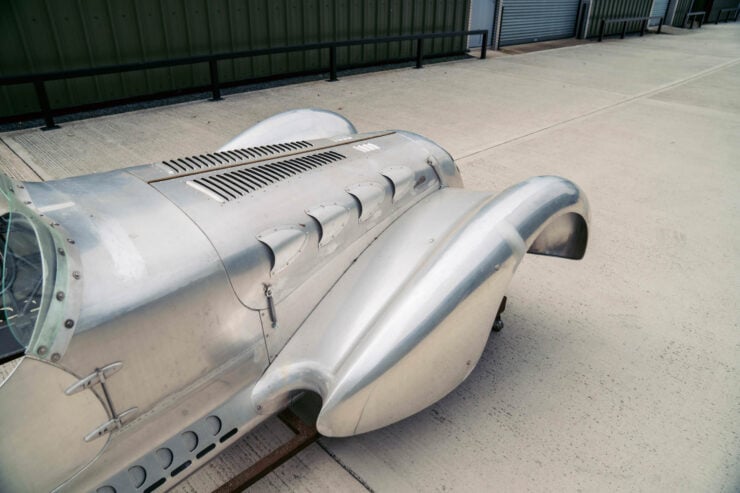
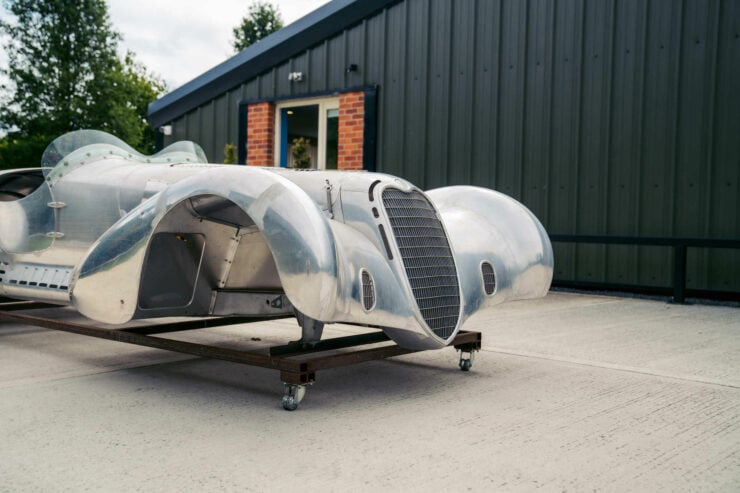
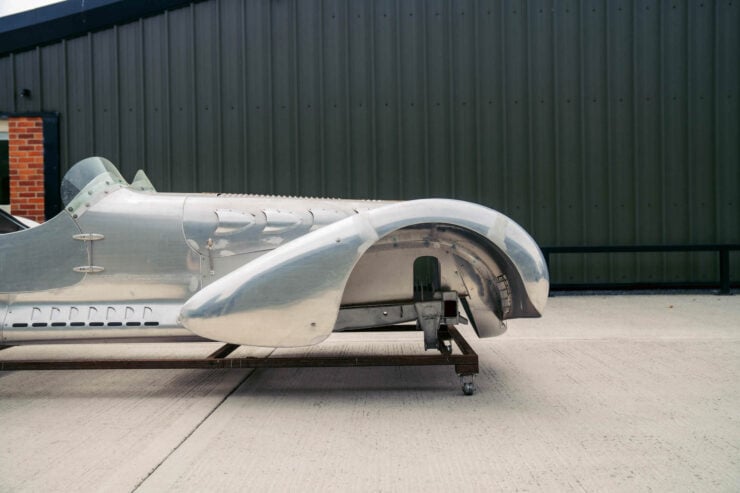
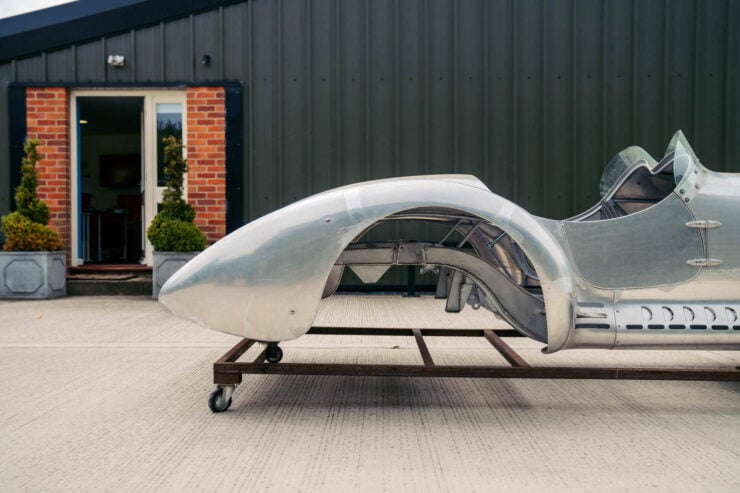
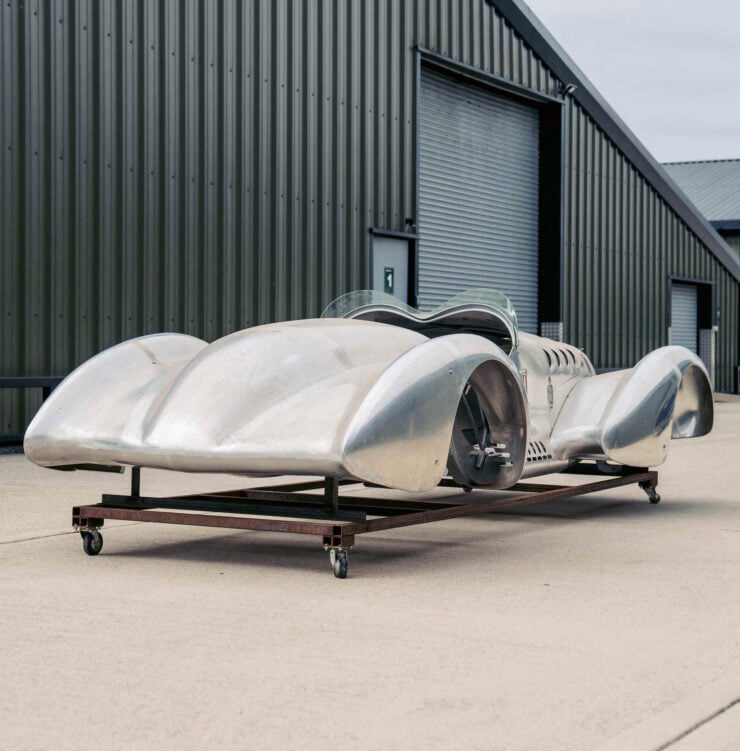
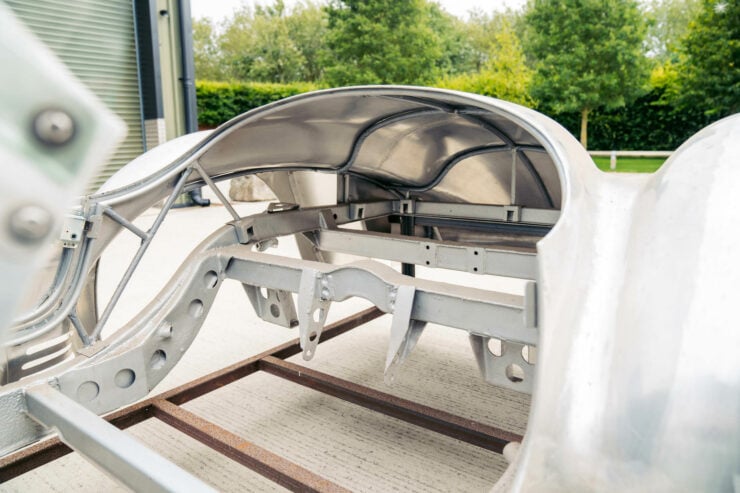
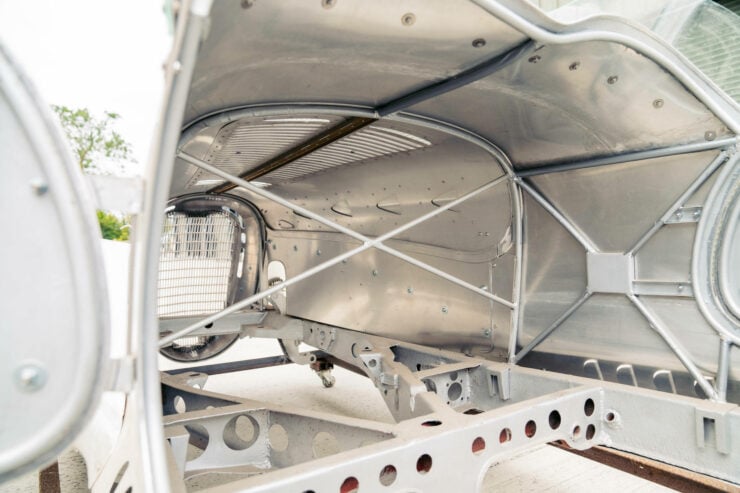
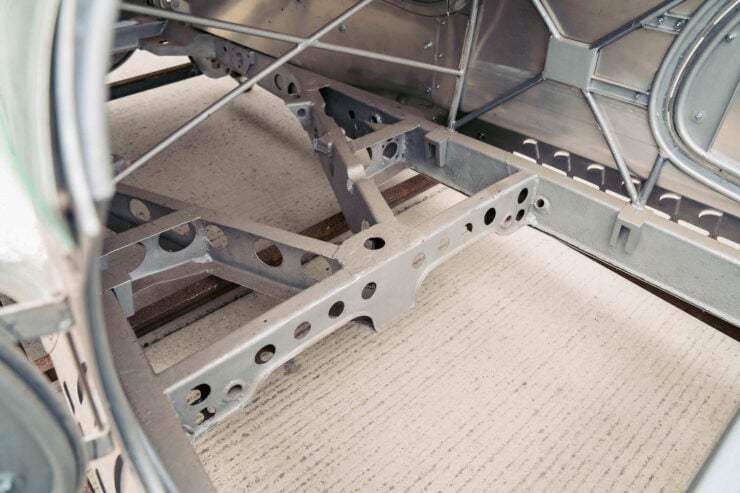

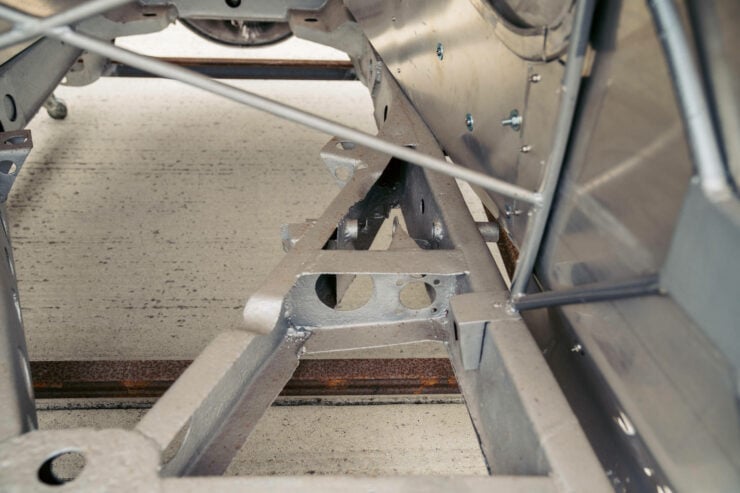
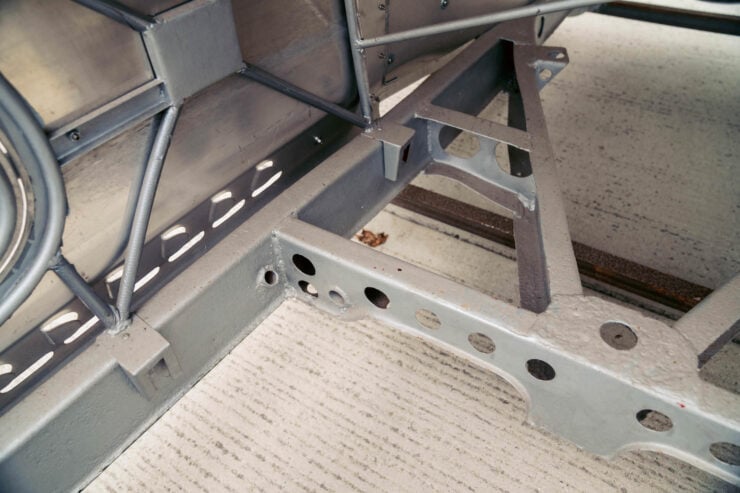
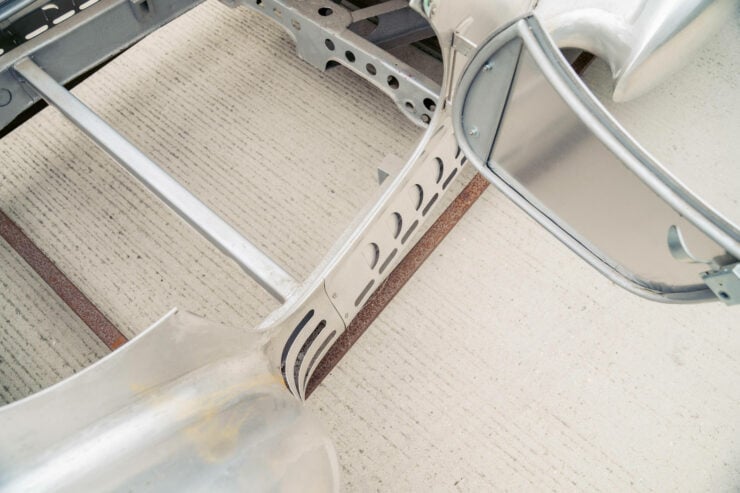
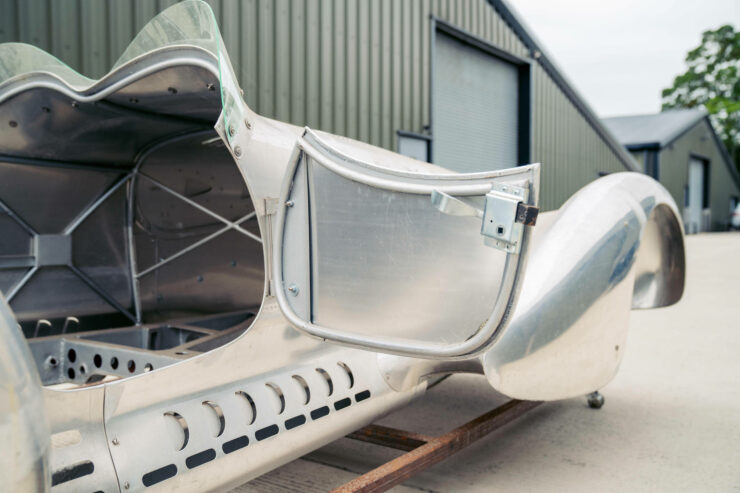

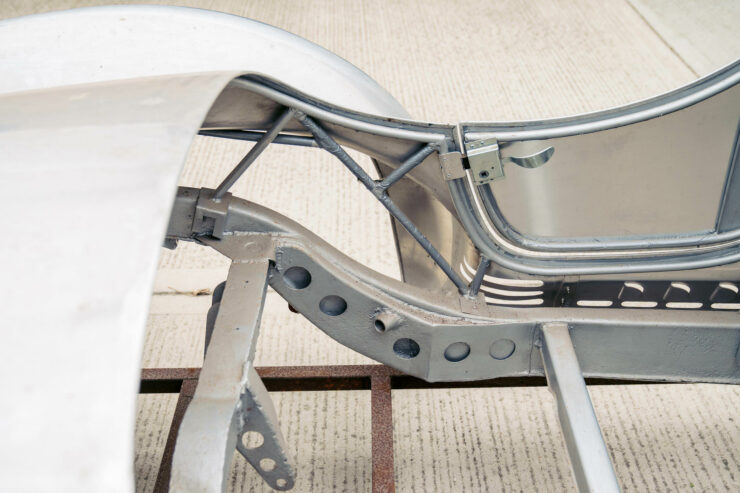
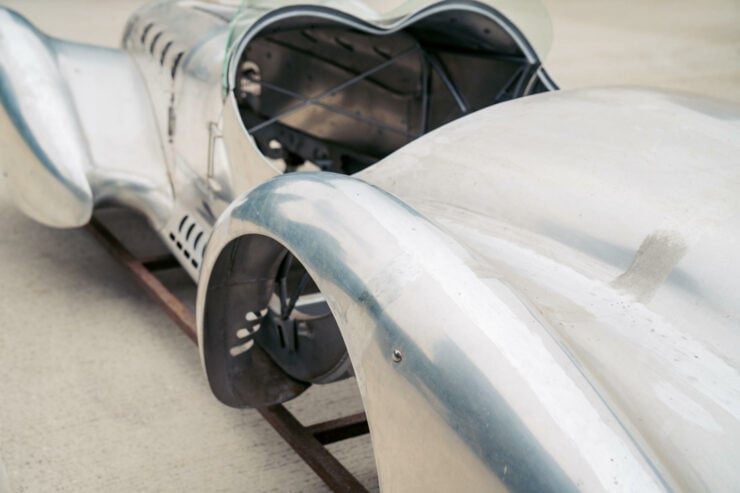
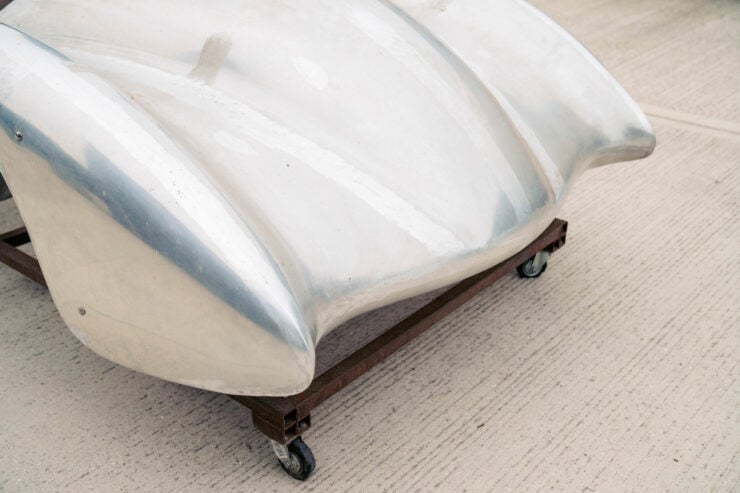
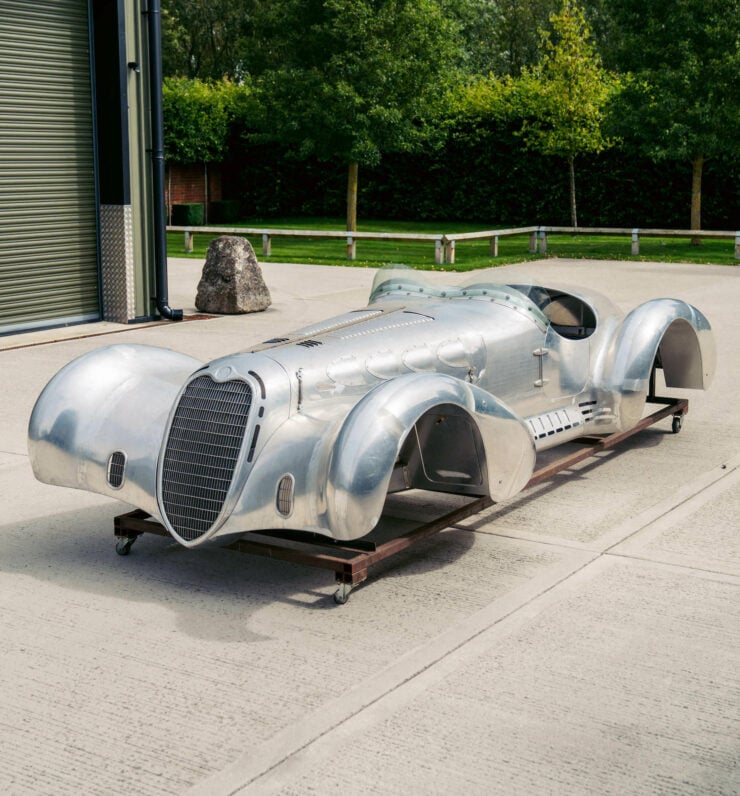
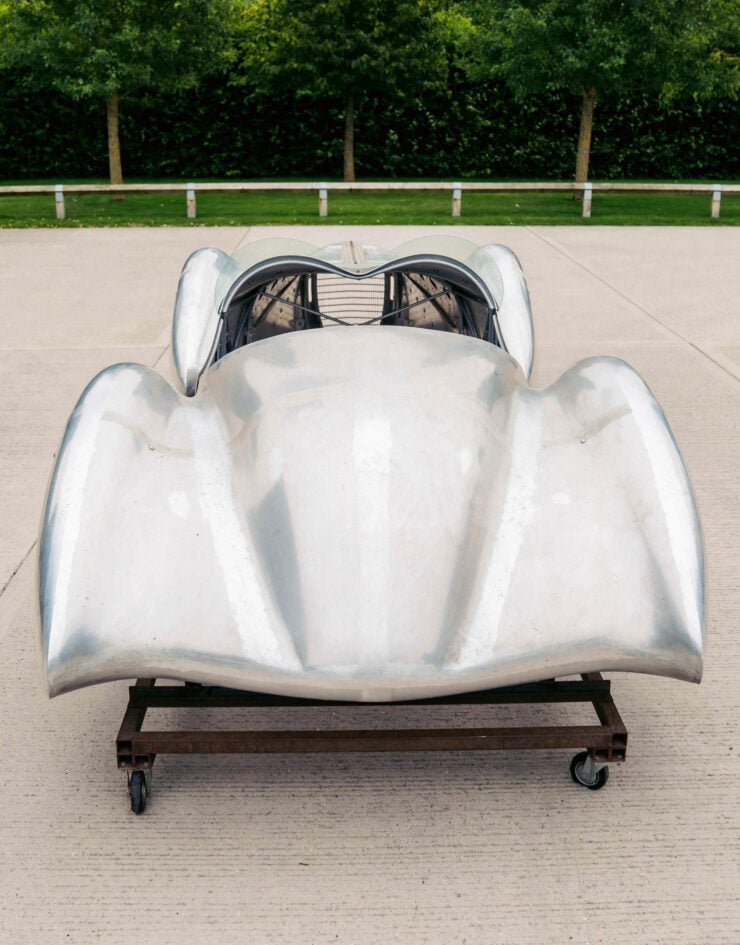
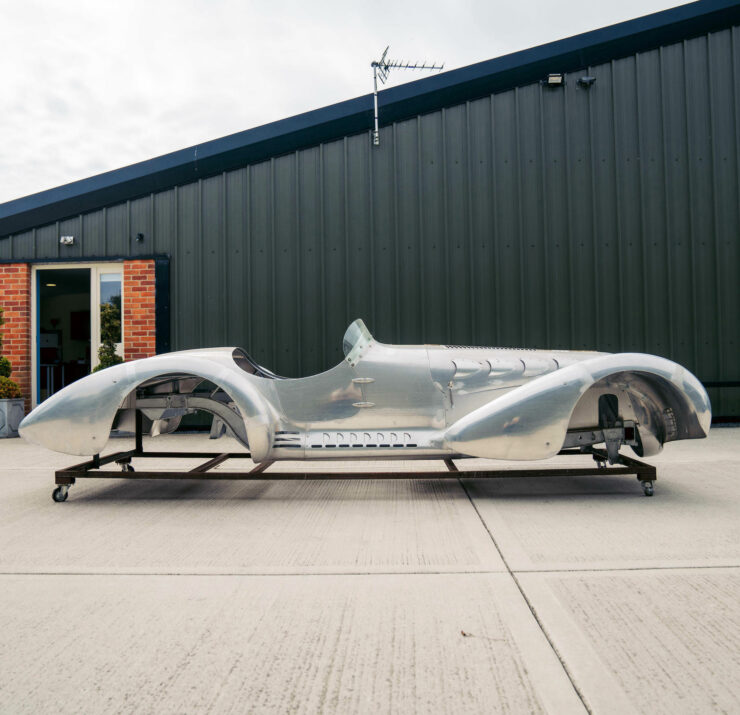
Images courtesy of Bonhams

